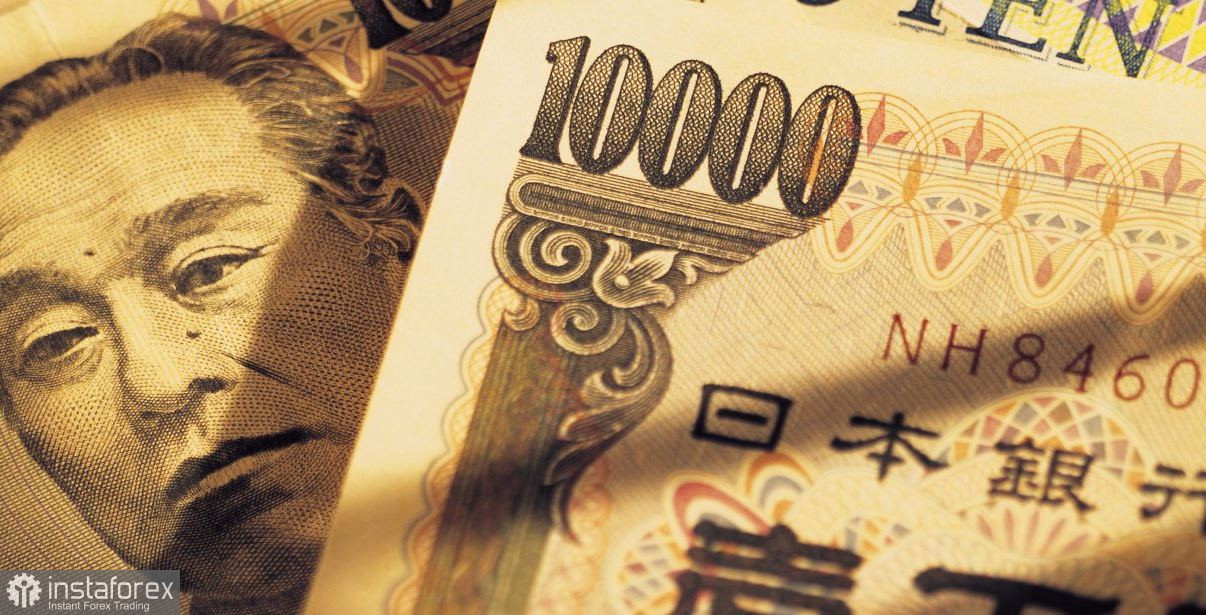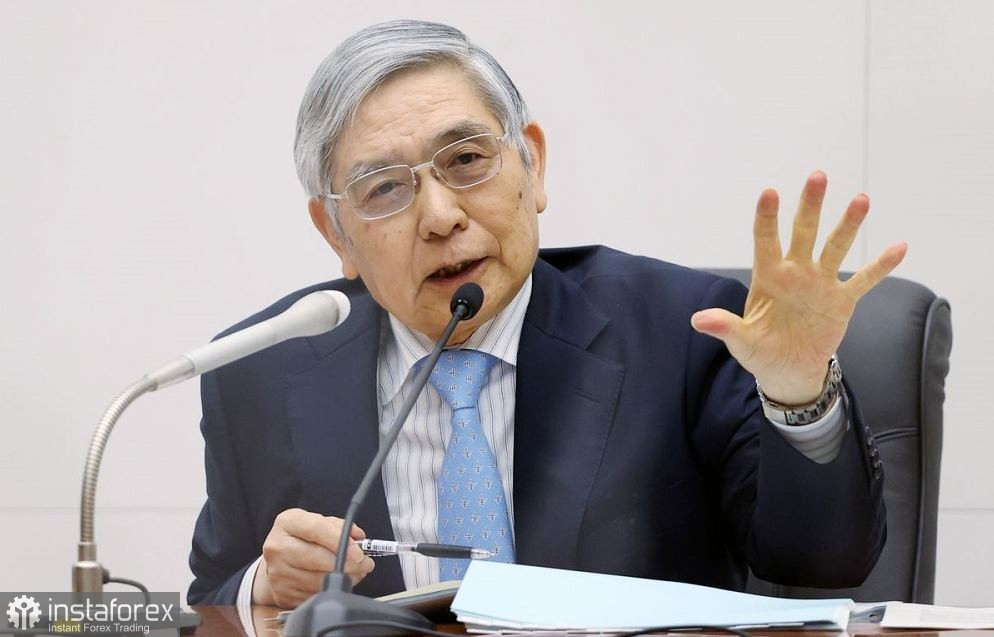In the past 12 months, the Dollar-Yen showed a consistent advancing trend with deep corrective pullbacks worth 300-500 pips. Having started from the base of the 113th figure in January 2022, the price updated its 32-year high in November and hit 151.96. That is why experts are currently discussing a strategic question: is the current slump another bearish correction (before a new attack to the area of 150 figures) or has the pair formed a price ceiling, to which it won't return in the foreseeable future?

In my opinion, the second option looks more plausible. The Japanese currency has unexpectedly gained powerful allies this year in the form of its national government and its central bank. Currency interventions and hawkish hints from the Bank of Japan helped the yen to strengthen by more than 1,500 (!) points by the end of 2022. The pair fell from its high of 151.96 to the current 151.96, that is, to a price range of 135.00-138.00. And according to many signs, in the medium term, at least within the next few months, the bulls will not be able to organize a crucial attack. The dollar is already out of shape (due to the slowdown of inflation in the US and softening of the Federal Reserve's position), and the yen, figuratively speaking, enjoys the protection of the Japanese authorities.
Analyzing the events of recent months, we can come to an obvious conclusion that the Japanese government controls the upper limit of the price range, within which the pair is traded. In September 2022 (and before that in 1998), the red line was 146. However, after its currency intervention failed, Japanese authorities decided to show restraint, watching the process of devaluation of the national currency. The fact is that the effect of the September intervention was short-lived. The USD/JPY pair fell by 500 points, but on the same day, it recouped some of the positions it lost. Traders took advantage of the bearish correction and opened longs. The result was immediate: in less than a month the pair gained 1,000 points, breaking through 146-147, and later on the levels of 150-151. And only after that did the Ministry of Finance of Japan interfere in the situation again. At present, according to most analysts, the conventional red line is around 150.00: overstepping that target is fraught with consequences.
It is quite an advantage for the yen, but it plays the role of "a form of valve". The fact is the intervention provoked the price to impulsively fall to the area of 138-140 figures. Further sales were caused by other fundamental factors. For the first time in a long time, USD/JPY fell not because the greenback weakened, but because the yen strengthened. The first hawkish hints from the BOJ had an exploding bomb effect on the market.
In particular, BOJ board member Asahi Noguchi said the Japanese central bank was ready to revise its ultra-soft monetary policy if inflation turned out to be "too high". He called this possible step a "preventive measure" to curb inflationary growth. BOJ Governor Haruhiko Kuroda, despite his "commitment" to accommodative policy, also allowed for an exit from ultra-soft monetary policy, as soon as the central bank reaches its 2% inflation target on a sustainable basis. He went on to say that the central bank would then likely discuss the fate of assets in ETFs as part of its exit strategy from ultra-soft policy.

Given the fact that Kuroda has been a consistent dove for a long time, this statement was interpreted in favor of the Japanese currency, despite the hypothetical nature of the theses voiced.
The hawkish statements (or rather, the market interpreted it as hawkish) of some BOJ officials makes it possible for the yen to stay afloat and even offer resistance to the US currency. For instance, USD/JPY showed a downward dynamic on Friday amid the US dollar index growth: the bears gained back almost 100 points lost on Thursday.
So, in my opinion, it is better to take short positions. The Fed has already spoken; now it's the Japanese central bank's turn. The BOJ will hold its final session this year on December 20. Considering the previous statements of its officials, the yen might be in demand. Of course, it is not certain that the Japanese central bank will meet the bulls' hawkish hopes. But in this case, the yen is likely to be in demand on the "buy on rumor, sell on fact" trading principle. The bearish targets are 136.00 (middle line of the Bollinger Bands indicator on the four-hour chart) and 135.00 (bottom line of the price range).





















